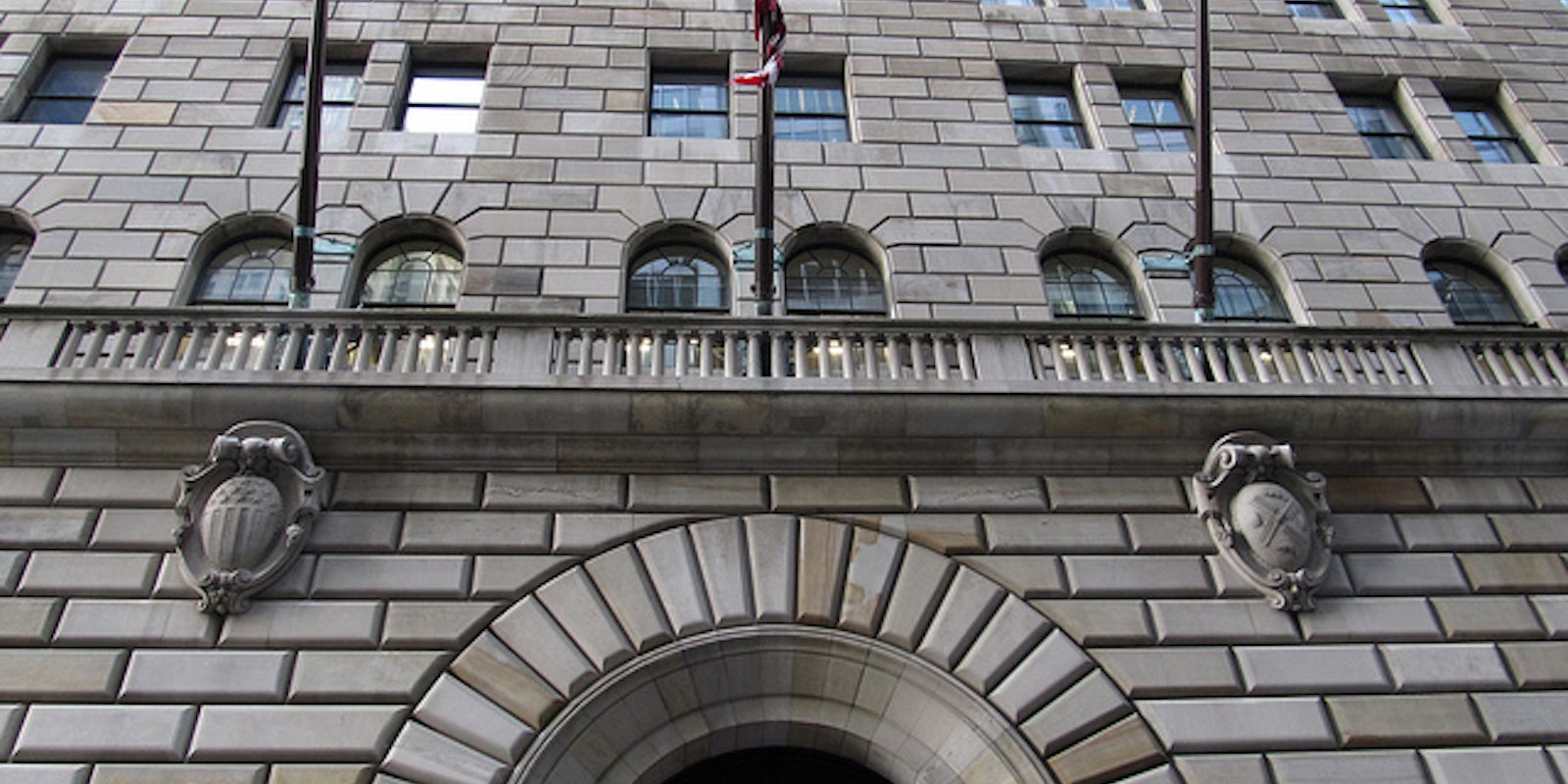Facebook played a key part in stopping a potential Federal Reserve bomber.
Quazi Mohammad Rezwanul Ahsan Nafis, a 21-year-old Bangladeshi national with alleged ties to Al Queda, was arrested for attempting to blow up the Federal Reserve building in Manhattan with what he thought was a 1,000-pound bomb. Nafis was immediately arrested and charged in federal court with attempting to use a weapon of mass destruction.
According to a criminal complaint submitted by the Federal Bureau of Investigation (FBI), Nafis used Facebook to debate the validity of carrying out jihad— an Islamic word for carrying war against unbelievers— in a country that had granted an individual an entry visa.
“During the period between July 6, 2012 and July 8,2012, NAFIS, the CO-CONSPIRATOR and the [informant] began to communicate via Facebook, an internet social-media website. During these communications, which were consensually recorded by the [informant], the three discussed certain Islamic legal rulings that advise that it is unlawful for a person who enters a country with a visa to wage jihad there. NAFIS stated that he had conferred with another individual in Bangladesh and was advised that he was not bound by such rulings. Accordingly, NAFIS indicated that he believed that he was free to continue with his plan to conduct a terrorist attack on U.S. soil.”
This isn’t the first time the FBI has used Facebook as a means to deter terrorist activity. Earlier this month, the agency canvassed the popular social network site as well as Twitter to track down Ahmad Abousamra, who in 2009 was charged with multiple counts pertaining to terrorism, including conspiracy to provide material support to terrorists and conspiracy to kill in a foreign country.
Photo via Ken Lund/Flickr


